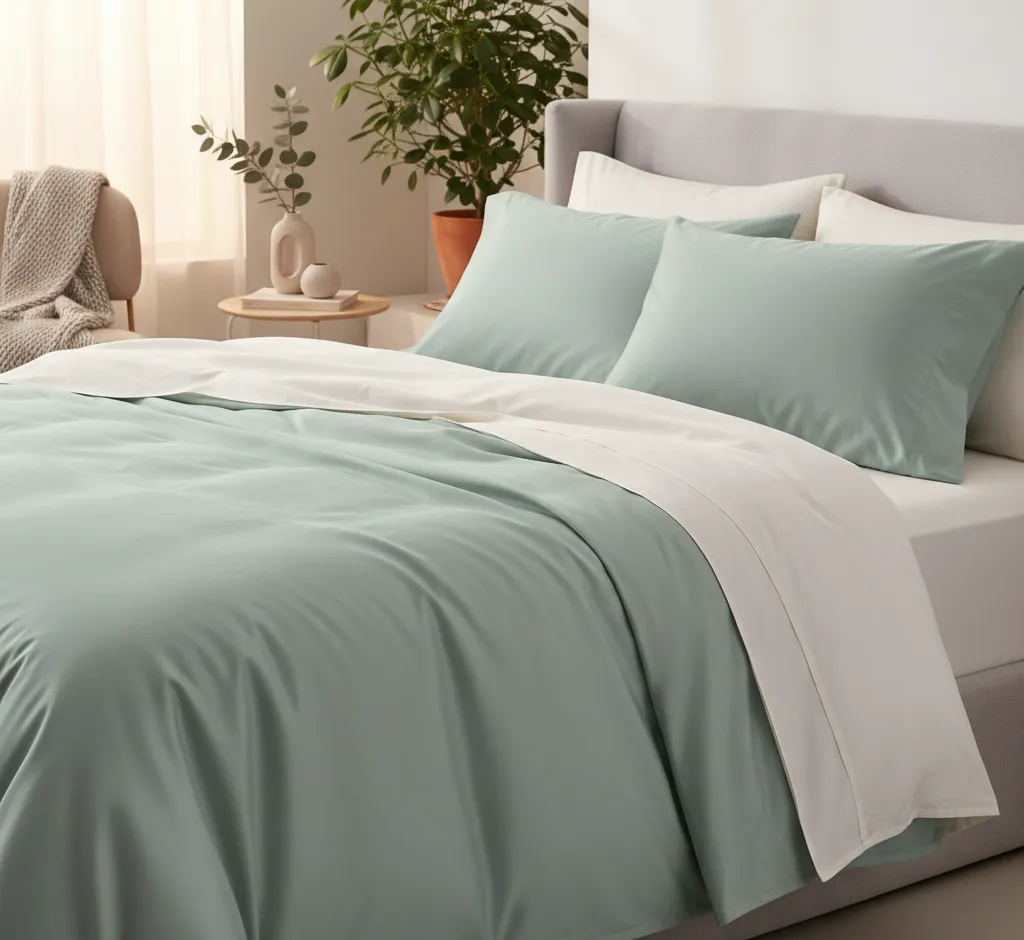The Definitive Guide to Picking the Perfect Vintage Office Chair
Find your dream vintage office chair! Learn how to inspect structural integrity, evaluate upholstery, prioritize ergonomics, and budget for restoration to choose the perfect, stylish, and durable piece for your workspace.

The Definitive Guide to Picking the Perfect Vintage Office Chair
Vintage office chairs are more than just furniture; they are statements of style, history, and sustainability. They offer an unparalleled blend of classic aesthetics, often superior build quality, and a unique character that modern, mass-produced items simply cannot replicate. However, navigating the world of vintage seating requires more than just an eye for design. To ensure you land a piece that is not only beautiful but also comfortable and functional for daily use, a strategic approach is essential. This comprehensive guide will walk you through the crucial steps of selection, inspection, and integration of a vintage office chair into your contemporary workspace.
The Vintage Appeal: Why Choose Old Over New?
Before diving into the specifics of selection, it’s worth considering the core benefits of vintage office seating:
- Timeless Design: Iconic pieces from the mid-century modern era, the industrial age, or classic executive styles boast designs that never fade.
- Superior Durability: Older furniture often utilized higher-quality materials like solid wood, thick gauge steel, and premium leather, designed to last decades.
- Sustainability: Buying vintage is a form of recycling, reducing demand for new materials and manufacturing processes.
- Unique Character: Each chair comes with a story, subtle signs of wear, and a patina that adds warmth and personality to an office environment.
These qualities make the hunt for the perfect vintage chair a rewarding experience.
Phase 1: Defining Your Needs and Style
Your search begins with self-assessment. An office chair, vintage or new, must primarily serve the user and the space.
1. Prioritize Ergonomics and Comfort
Unlike modern chairs with numerous adjustable levers, many vintage chairs have fixed or limited adjustment mechanisms. You must be realistic about the chair's intended use.
- For Full-Time Work: Focus on chairs known for comfort, even if they're older. Look for designs like the Eames Aluminum Group or certain task chairs from the 1970s and 80s that introduced early ergonomic principles. Key features to check are seat height, back support angle, and armrest height.
- For Occasional Use/Aesthetics: If the chair is for a guest, conference room, or a study where you spend less than an hour a day, you can prioritize style (e.g., a classic wooden Windsor-style office chair).
2. Match the Aesthetic of Your Space
Vintage chairs fall into broad stylistic categories. Choosing the right one is vital for a cohesive office look.
- Mid-Century Modern (MCM): Characterized by clean lines, organic curves, and materials like teak, walnut, leather, and chrome. (e.g., designs by Eames, Knoll, or Herman Miller).
- Industrial/Drafting: Features metal bases, cast iron, wood seats, and visible mechanisms. Offers a rugged, utilitarian look.
- Traditional/Executive: Often large, upholstered in rich leather, and featuring deep button tufting and solid wood construction.
Phase 2: The Critical Inspection (What to Look For)
When you find a potential candidate, a thorough inspection is crucial to assess its condition and restoration potential.
1. Inspect the Structural Integrity
A beautiful chair is worthless if it's unstable or unsafe. This is your most important check.
- Base and Casters: Wiggle the base to check for loose welds or cracks in the metal. Test the casters (wheels) to ensure they roll smoothly. If they are plastic, they may need replacement.
- Frame Joints: For wooden chairs, check for loose dowels or joints that creak or separate when weight is applied.
- Swivel and Tilt Mechanisms: Test the swivel mechanism for smooth, full rotation. If the chair tilts, check that the tension adjustment works and the locking mechanism holds firmly.
2. Evaluate Upholstery and Materials
Consider the cost of restoration when assessing the current materials.
- Leather: Look for deep cracks, tears, or areas where the pigment has rubbed off completely. A dry patina can often be restored with leather conditioner, but significant damage requires professional re-upholstery.
- Fabric: Check for excessive fading, stains, or worn areas. Ask if the foam underneath is original; old foam can crumble and lose its density, requiring replacement.
- Wood: Look for deep gouges, water rings, or areas where the veneer is peeling. Minor scratches and scuffs are part of the patina.
Phase 3: Purchase and Integration
1. Sourcing Your Vintage Chair
The best place to find your perfect match depends on your budget and willingness to travel.
- Local Markets: Antique shops, flea markets, and vintage stores offer the benefit of in-person inspection, allowing you to thoroughly test the chair before purchase.
- Online Platforms (Etsy, 1stDibs, eBay): Provide a global selection, but require you to rely heavily on detailed photos and seller descriptions. Always request specific photos of structural components and mechanisms.
- Specialty Dealers: These sources often have expertly restored pieces and can verify authenticity, though they typically command a higher price point.
2. Budgeting for Restoration and Repair
Factor in the 'hidden costs' to bring your vintage piece up to daily-use standards.
- Caster Replacement: New, floor-safe casters can cost $20-$50.
- Mechanism Repair: Swivel or tilt mechanisms may require lubrication or replacement of internal springs, which can be done by a skilled DIYer or a specialist.
- Professional Re-upholstery: This is the most significant cost, often ranging from $300 to over $1,000 depending on the material (especially high-grade leather) and the complexity of the design.
Choosing a vintage office chair is an investment in both your workspace and a piece of design history. By balancing aesthetic desires with structural integrity and ergonomic necessity, you can find a unique, durable, and inspiring chair that will serve you well for years to come. The effort spent in the search and restoration phase will be more than repaid by the character and quality of the final piece in your office.


